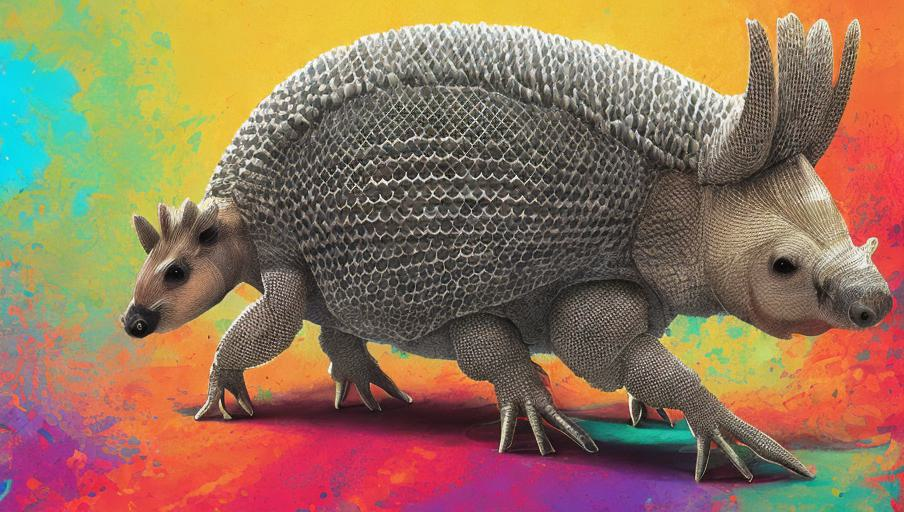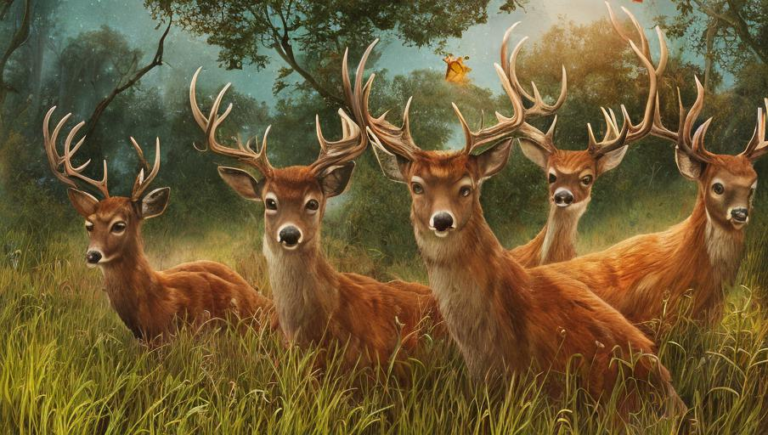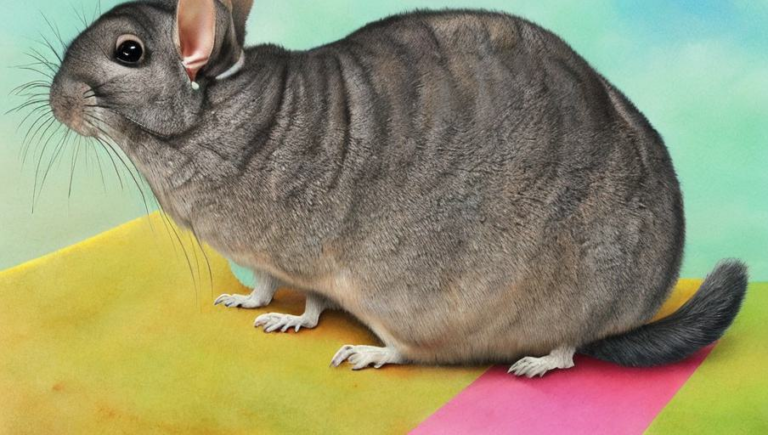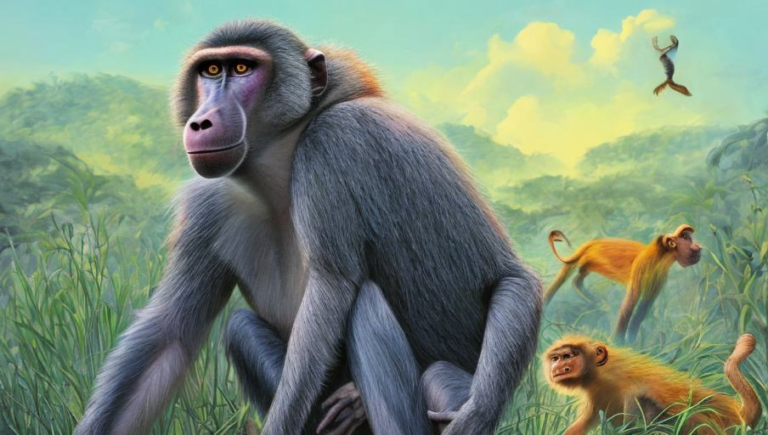Glimpsing into the Life of the Armadillo

Introduction
The armadillo is a unique creature, found in many parts of the world. It is a mammal with a protective shell, and a large appetite. Here, we will explore the life of the armadillo, from its diet to its behavior and habits.
Behavior and Habits
Armadillos are nocturnal animals, meaning they are active mostly at night. During the day, they will hide in burrows or brush piles. If startled, they can jump three to four feet in the air. They are also good swimmers, and can stay submerged for up to six minutes. Armadillos can also walk underwater.
Diet
Armadillos are omnivorous creatures, meaning they eat both plants and animals. They are known to feed on insects, worms, grubs, and other small animals. They also eat fruits, berries, and nuts. They have even been known to occasionally eat eggs, lizards, and snakes.
Protection
The armadillo has a unique defense system to protect itself from predators. The armadillo’s shell is made up of overlapping plates of bone and keratin. This provides a strong defense against predators. When threatened, the armadillo can curl up into a tight ball, making it difficult for predators to reach its vulnerable areas.
Reproduction
Armadillos reproduce through sexual reproduction. Females have an average of four offspring per litter. The offspring are born with a soft, leathery covering which hardens as they age. They reach sexual maturity in twelve to eighteen months.
Habitat
Armadillos are found in tropical and temperate regions in South America, Central America, and parts of the United States. They inhabit forests, grasslands, and deserts. They prefer areas with loose soil, which makes it easier for them to dig burrows.
Conclusion
The armadillo is a fascinating creature with unique behaviors and habits. From its protective shell to its diet, the armadillo is an animal worth learning about. Next time you come across one, take a moment to appreciate this amazing creature.





